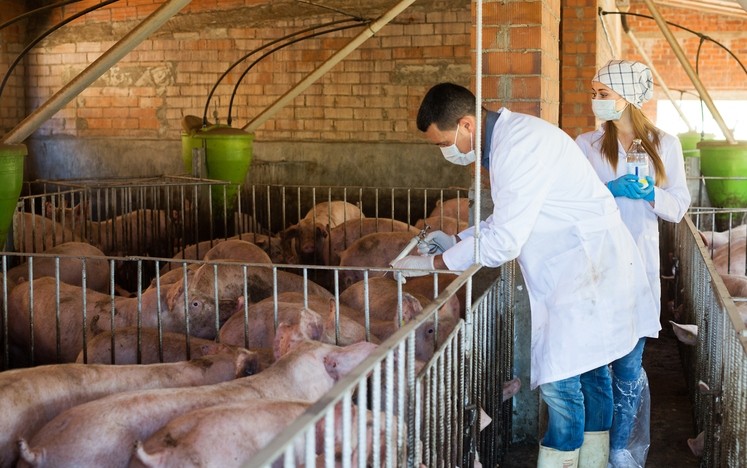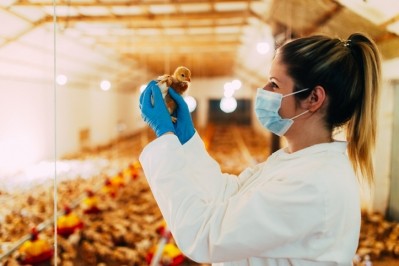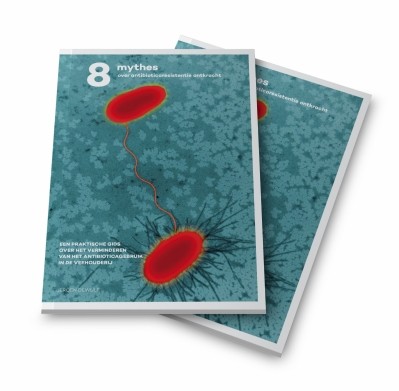Compromise reached between EU Parliament and Council on medicated feed rules
Welcome for EU concession on carry-over of medicinal substances in non-target feed

Cross-contamination limits had long been proving an issue for the industry representatives in relation to medicated feed regulatory developments.
Arnaud Bouxin, deputy secretary general FEFAC, told FeedNavigator:
“At a certain point in time, the EU Council wanted to set ‘tolerances’ for carry-over of active substances in non-target feed at very low – conservative - levels pending a risk assessment by the European Food Safety Authority (EFSA).
“Our concern was that these levels were not technically achievable.
“The compromise leaves it to authorities in [the various EU member states] to maintain their national policies [in this regard], and a risk assessment will need to be performed by EFSA before establishing EU harmonized tolerances for carry-over of active substances in non-target feed.”
According to the new regulation on that particular point, one year after the new rules become applicable, the Commission should define science-based specific maximum levels for cross-contaminations of various active medicinal substances from feed to targeted animals to the next batch of non-targeted feed, and that EFSA should be consulted to this end.
FEFAC also said the restrictions in the new rules on prophylactic and metaphylactic use of antibiotics, which were included with a view to reducing the occurrence of antimicrobial resistance (AMR), were consistent with the provisions of the veterinary medicinal products (VMP) legislation.
Metaphylactic use involves the treating of the whole group of animals when one is infected. Under the new rules, such an approach will be allowed only when the risk of spread of infection is high and there is no appropriate alternative.
The regulation bans prophylactic – preventive - use of antibiotic medicated feed and prescriptions for medicated feed containing antibiotics must always be issued by a veterinarian after a proper physical examination and diagnosis.
Top dressing loophole
To further reduce the risk of AMR, MEPs pushed for extending new rules on medicated feed prepared by feed mills or professionals to all animal medicines administered orally, whether via feed or drinking water, including so-called 'top dressing', which is prepared by farmers.
The agreed text instructs the Commission to consult the European Medicines Agency (EMA) and then establish appropriate rules that would address this ambiguity.
Parliament’s rapporteur and lead negotiator Clara Eugenia Aguilera García, said:
“Medicated feed is just one way of administering a veterinary medicinal product, but as this mix is more homogeneous and more precise in targeting animal diseases, it is a better way to address the growing problem of antimicrobial resistance. It is also safer for farmers than, for instance, top dressing, which is not covered by existing rules. This will now change as we have obliged the Commission to come up with EU-wide rules to do away with this loophole.”
FEFAC said it welcomed that view that medicated feed is a safe and legitimate route of administration of medicine to farm animals, but it stressed that production of medicated feed is a service provided by compound feed manufacturers to livestock farmers, based on the advice and prescription of the veterinarian.
“Providing non-medicated feed solutions is the core business of compound feed manufacturers and a key contribution to support the health of farm animals and reduce the need for veterinary treatment.”
Next steps
Once approved by the Agriculture Committee, the Parliament and the Council, the regulation on medicated feed will be published in the EU’s Official Journal. It would enter into force 20 days thereafter and should become applicable three years later.









